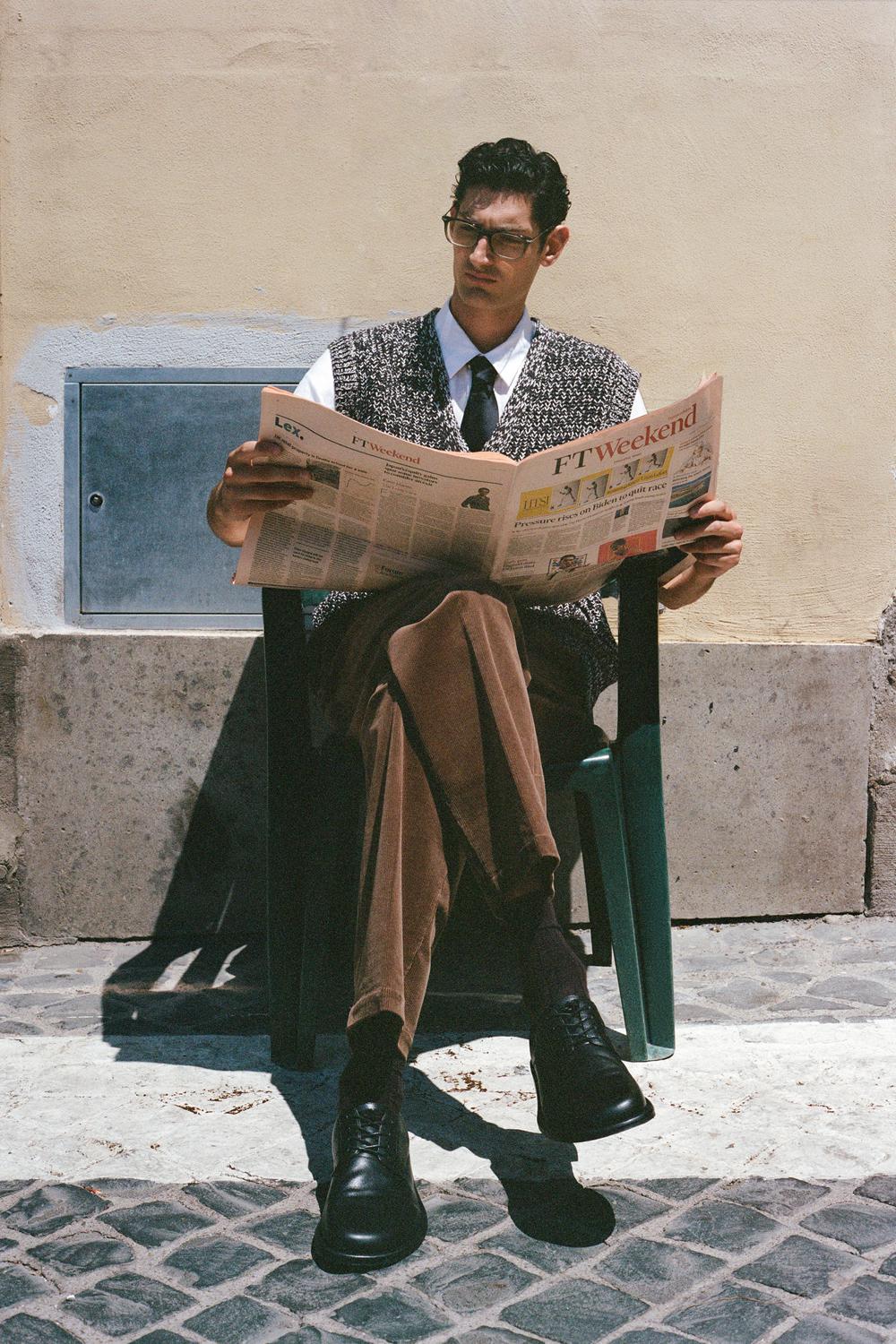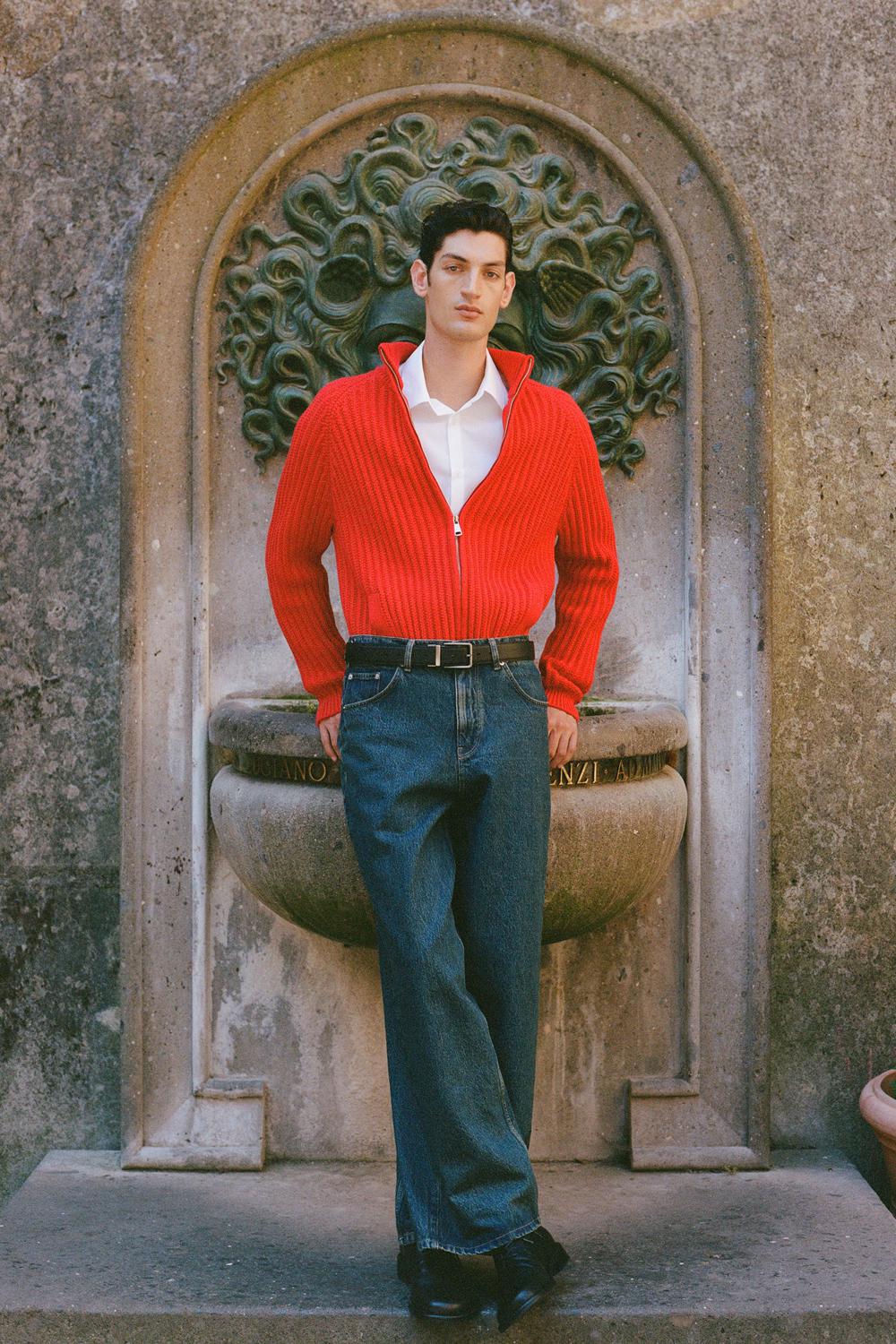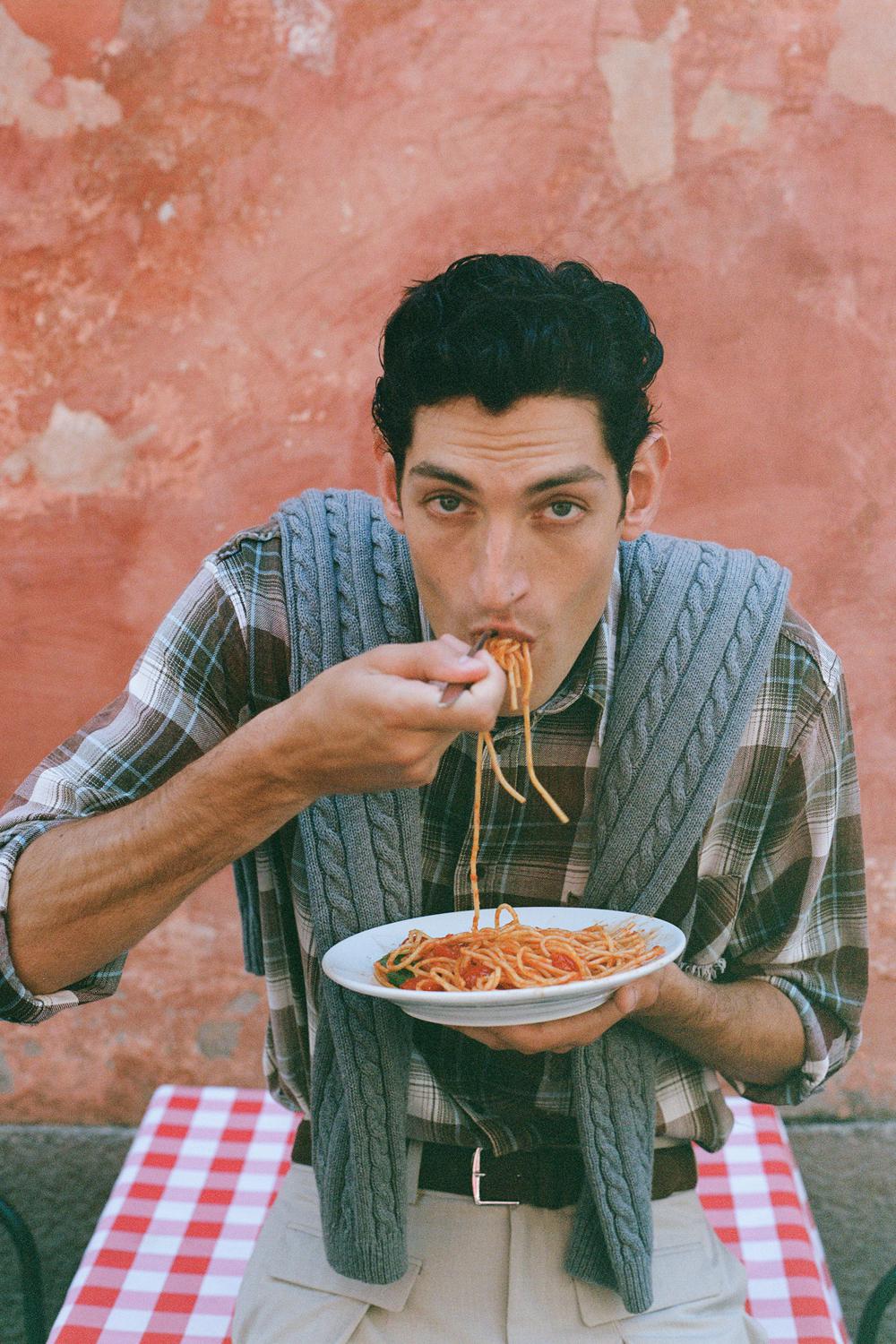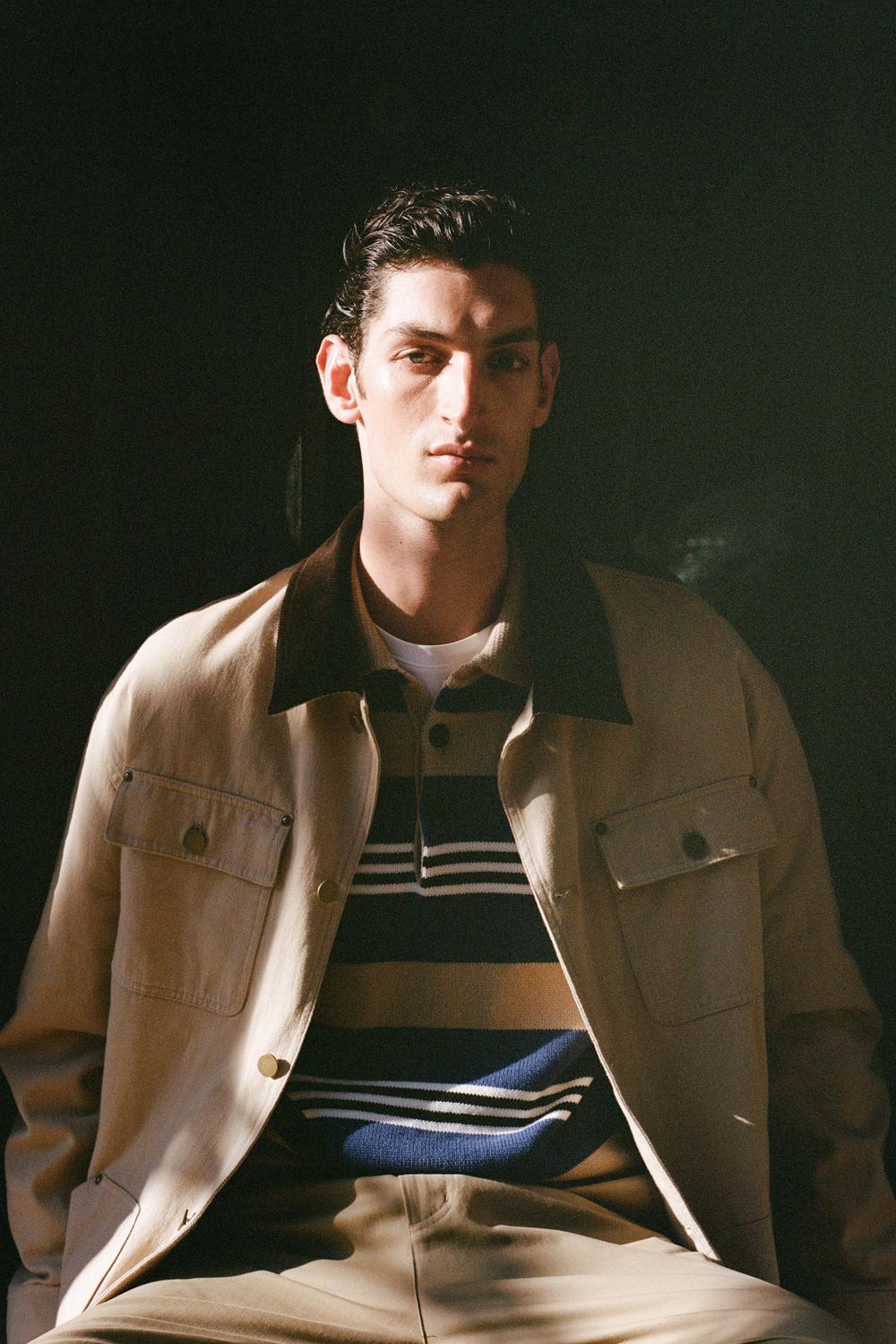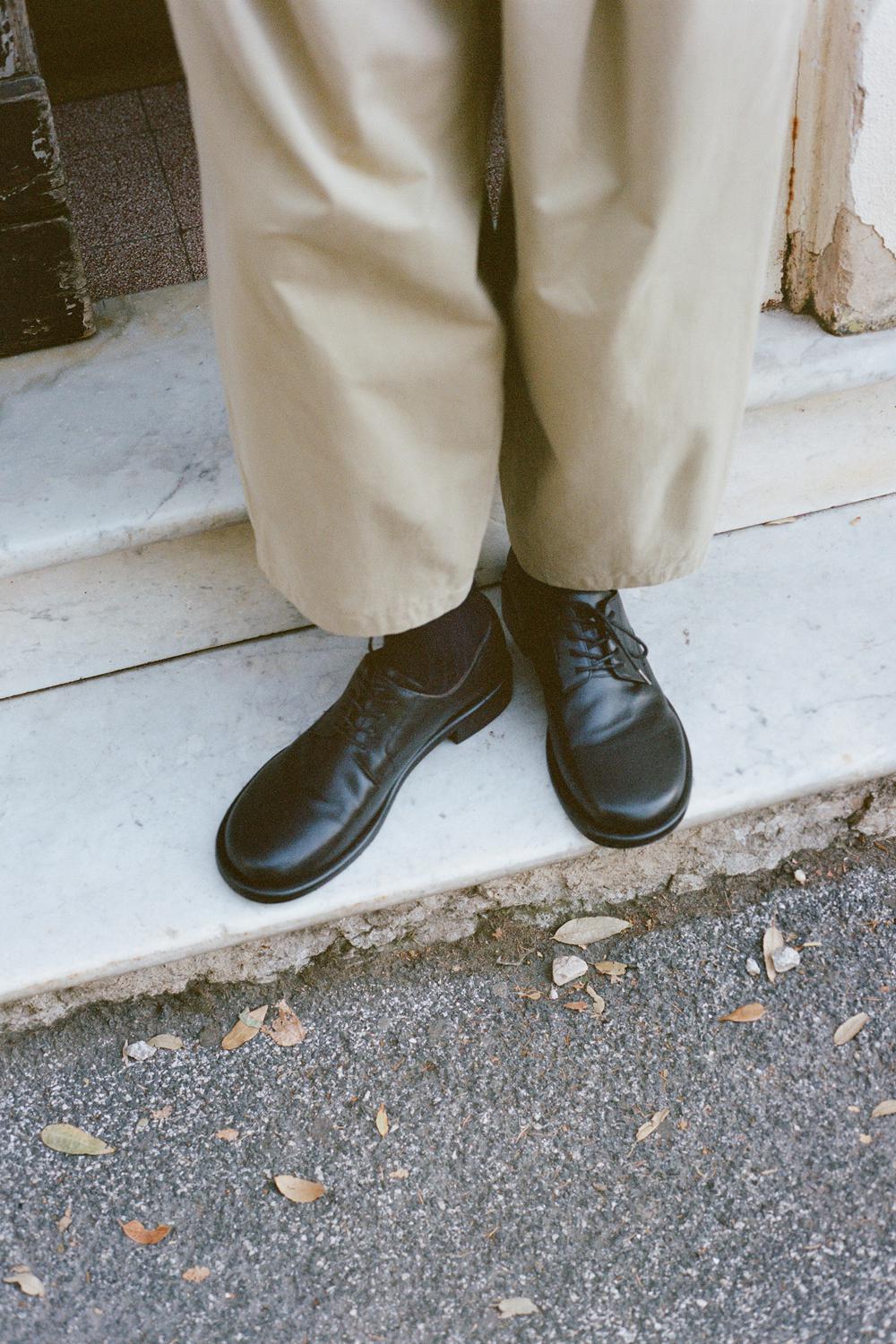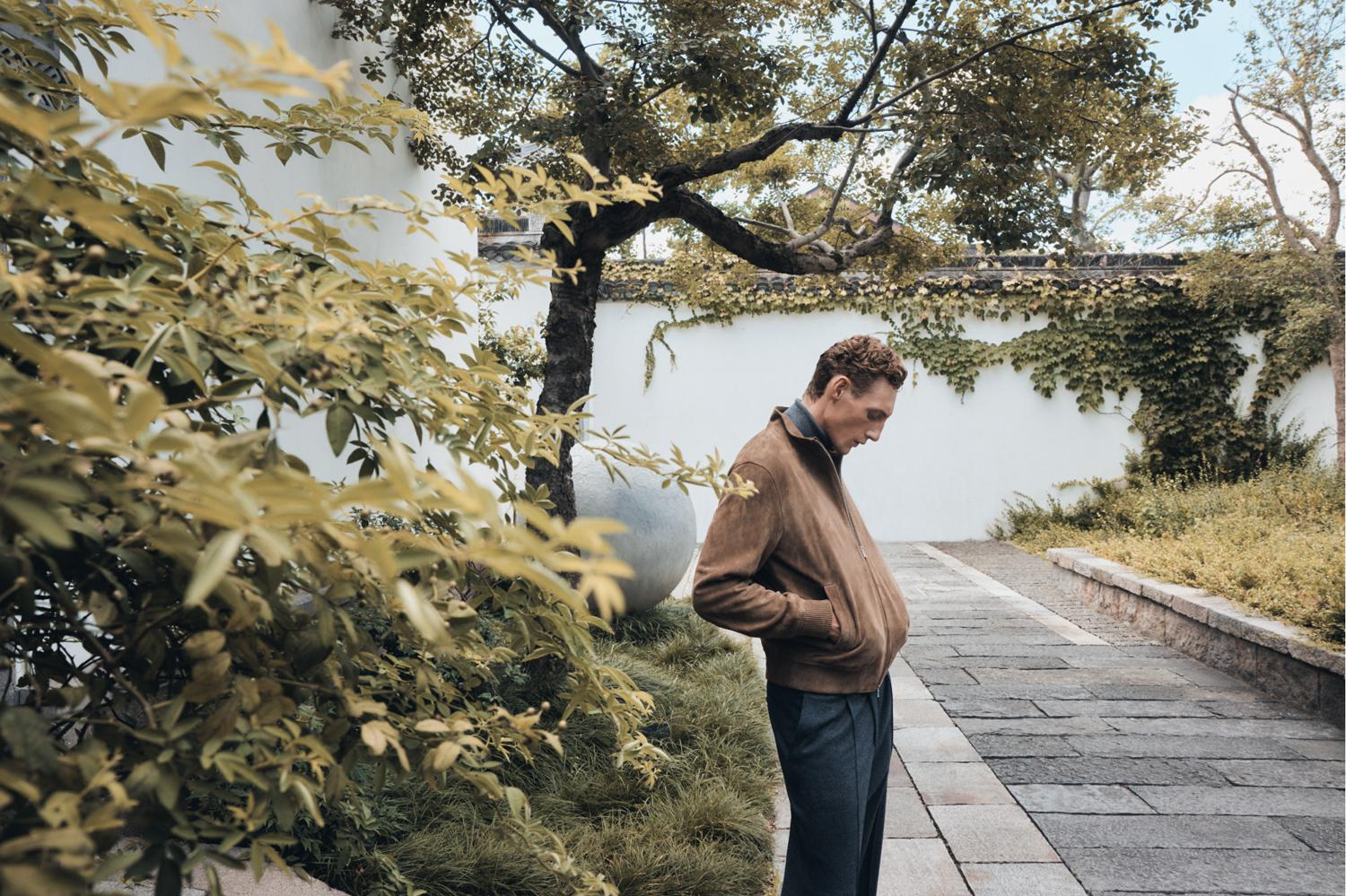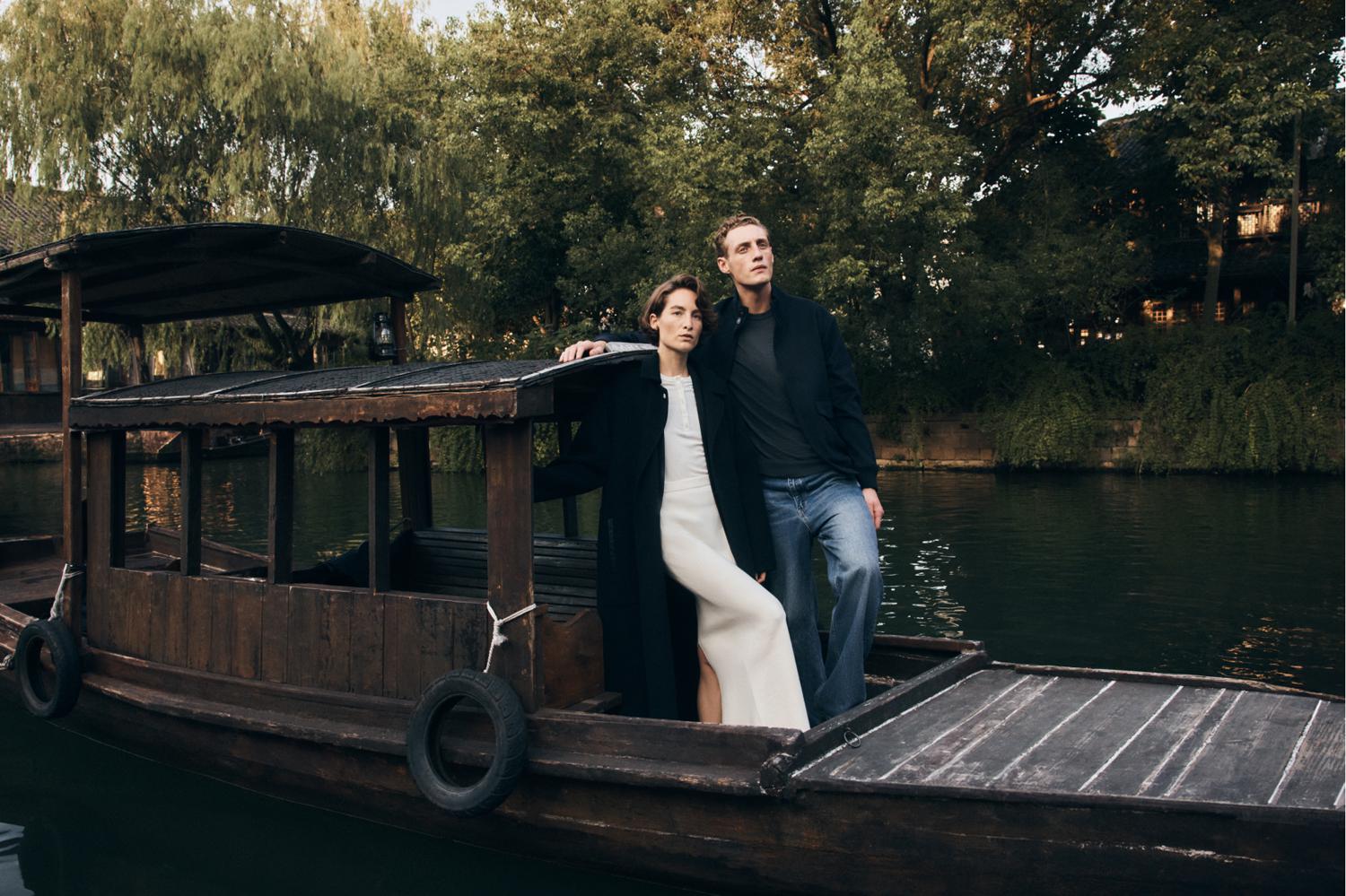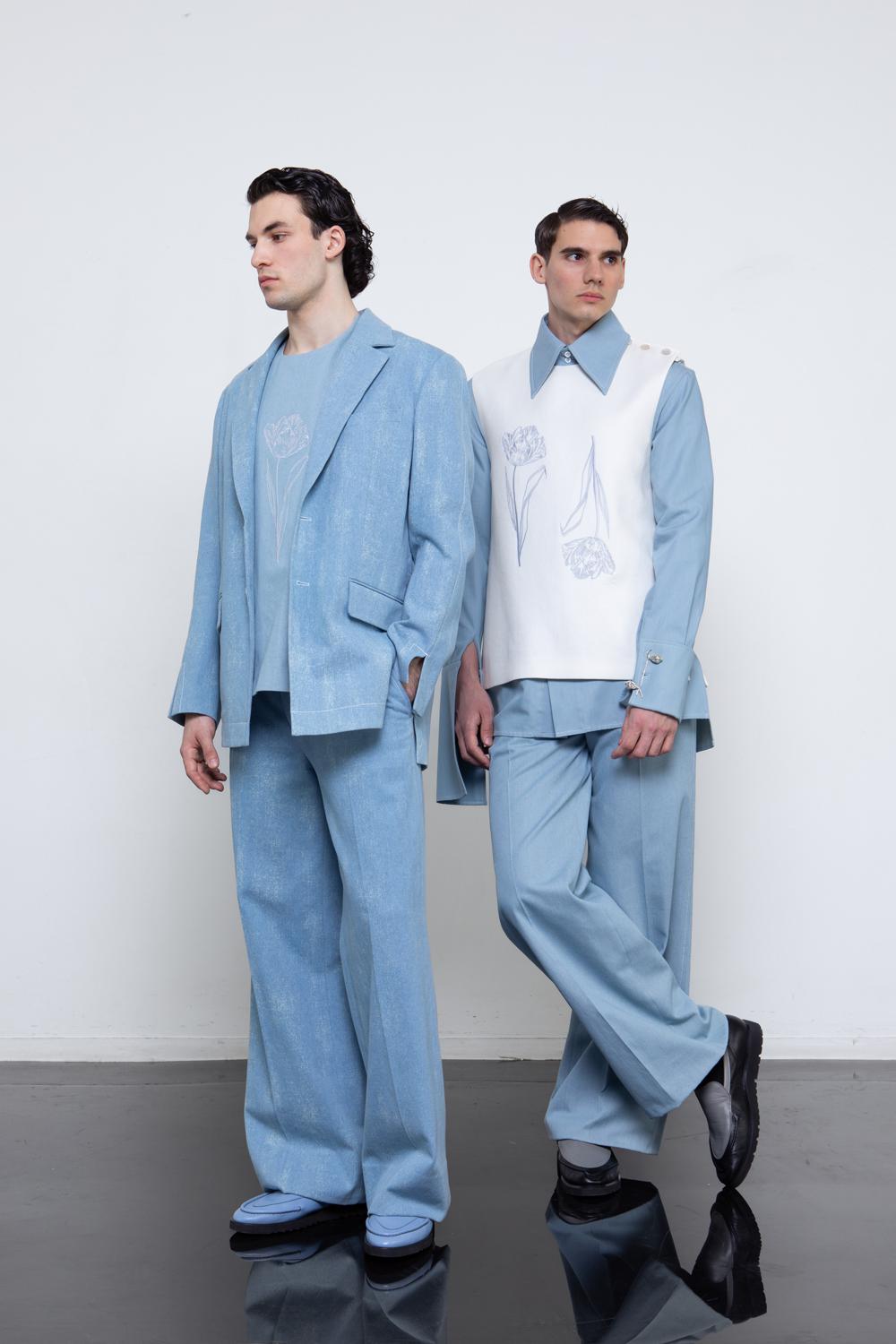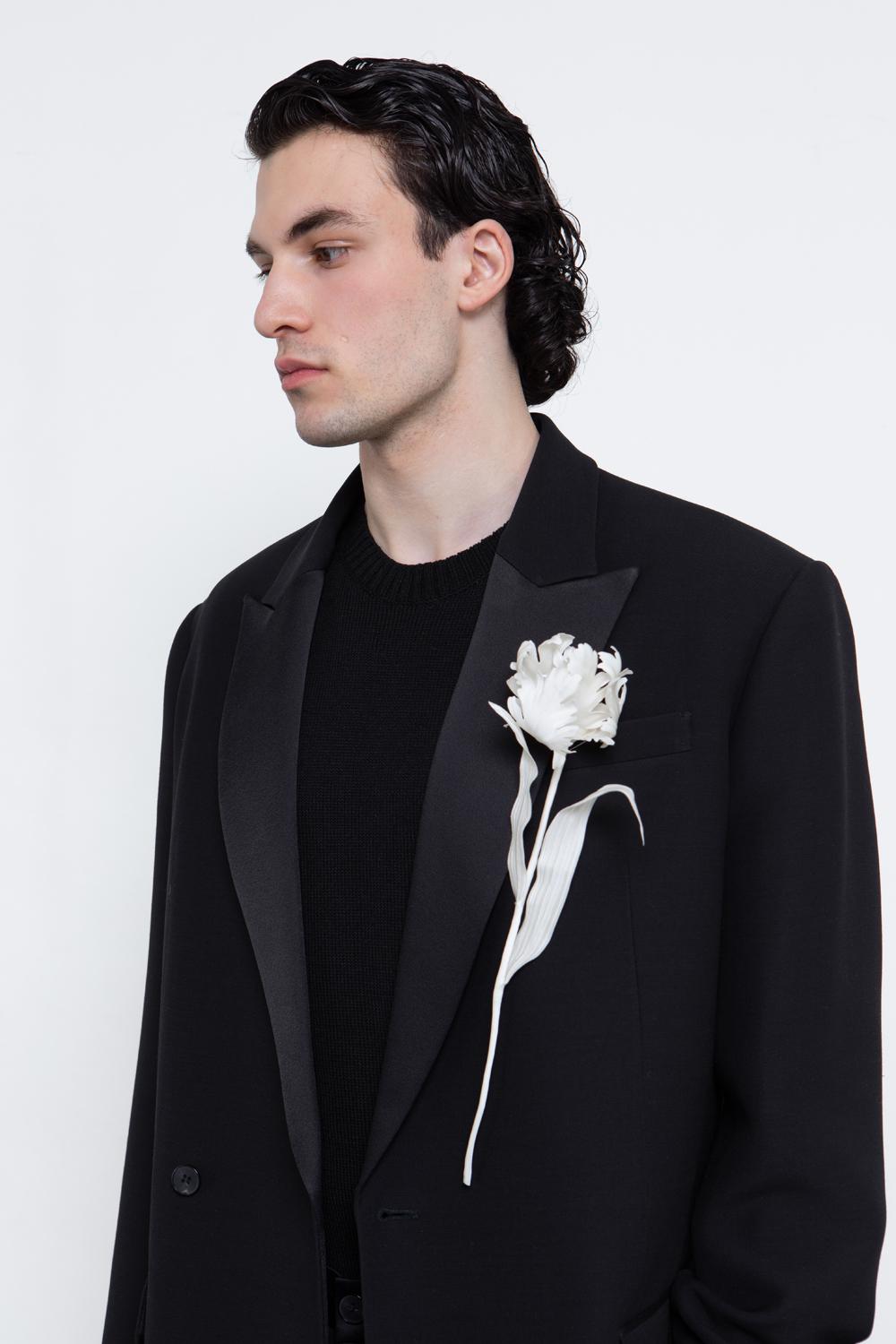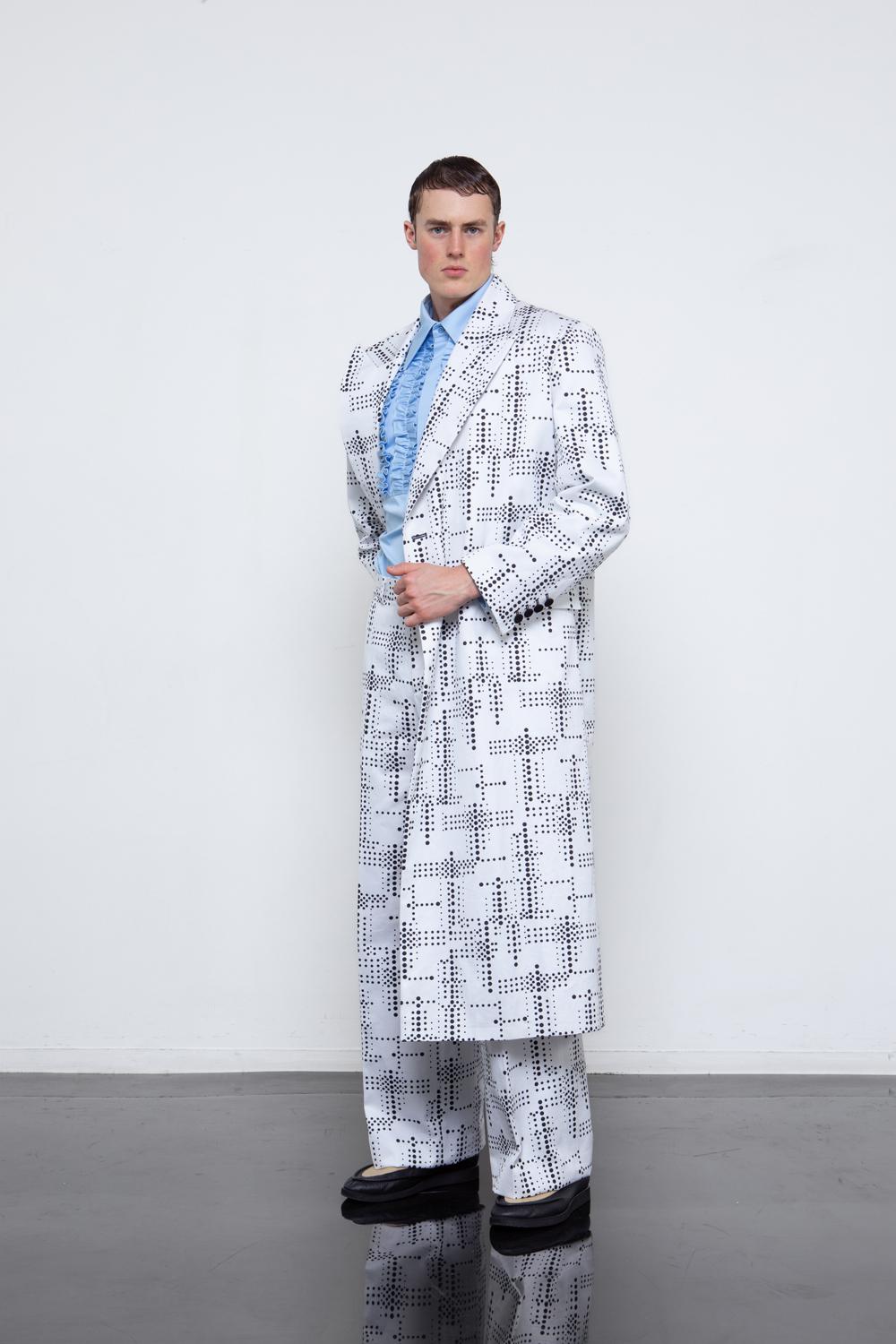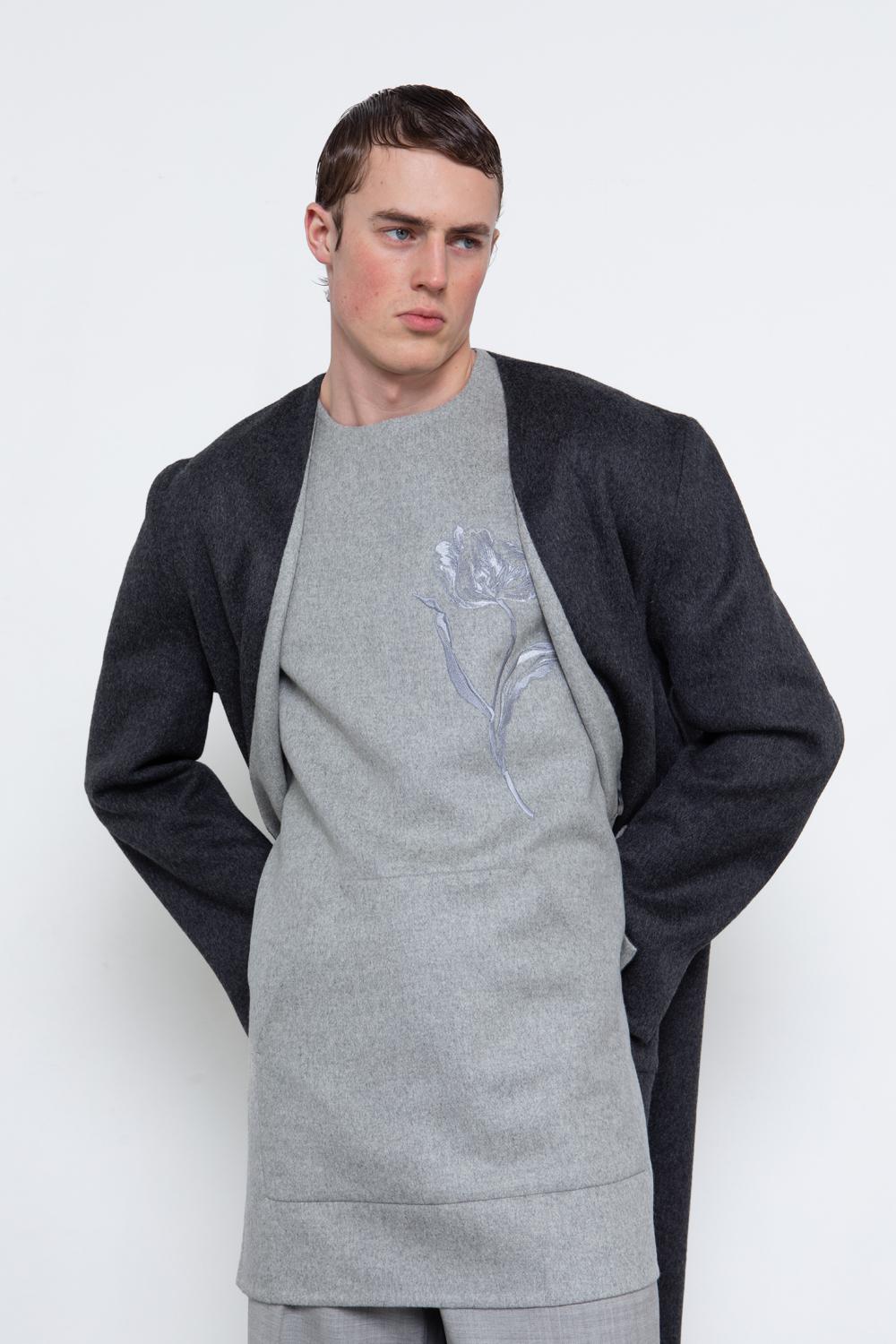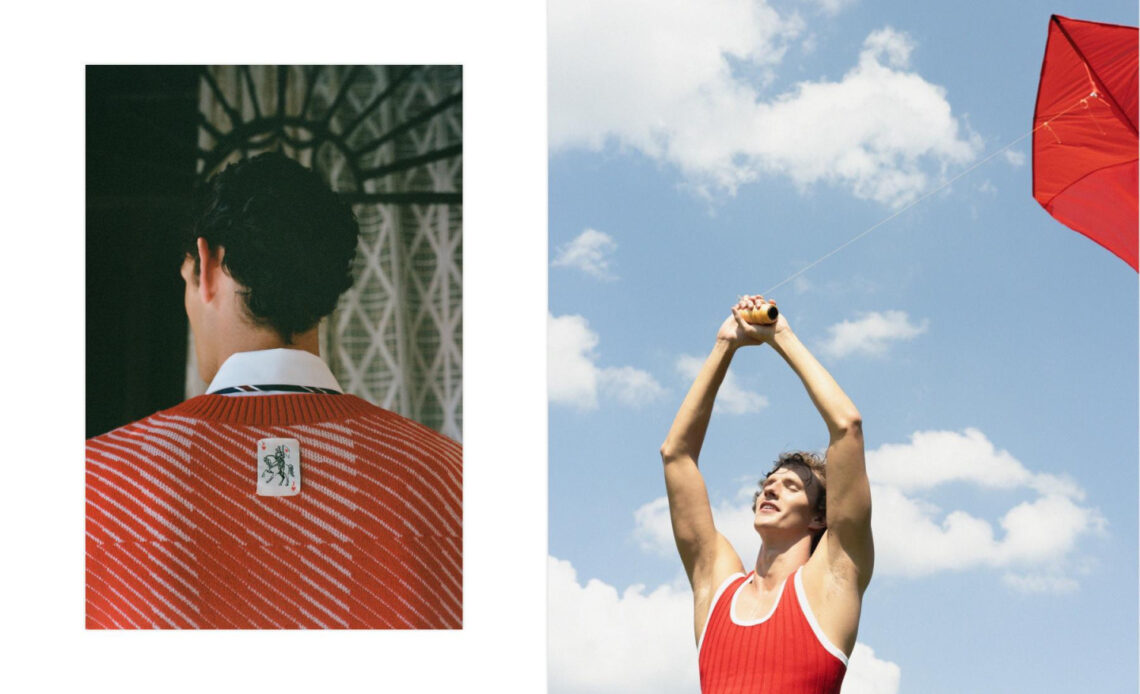
“Men's suits for sale. One style… And what colors? Oh, a huge selection of colors! Black, black-gray, gray-black, blackish-gray, grayish-black, slate, slate, sandpaper, the color of pig iron, coke, peat, earth, garbage, the color of oil cake and the color that in the old days was called “robber's sleep”. In general, you understand, one color, pure mourning at a modest funeral …” – this is how Ilf and Petrov described the pace and diversity of clothing production in the country in 1934. 90 years have passed, and for many, the picture on the domestic men's fashion market looks the same. Foreign brands have left, and European ones are in no hurry to replace them.
This is especially evident against the backdrop of the hyperactive development of the women's segment. In two and a half years, we have not only “our own Zara” with a flagship store on Kuznetsky Most, but also the most unimaginable niche brands – one new name per day. Inna Gureeva, COO of the Fashion Factory School of Business Education, calls this market oversaturation, against which the impression of stagnation in other niches is created. But statistics confirm this: by the end of 2023, men's clothing sales increased by only 4.7%. According to a study by Infoline-Analytics, this is less than in other areas of the local fashion market.
The real experience of a stylist working directly with male clients speaks much more eloquently than the figures. Yuri Ananyin notes that the mass market segment filled up quite quickly, which cannot be said about the “average” and “average plus” segments. “It is difficult for me to select a wardrobe for my clients entirely from European brands. And in general, to select at least some things. It turns out to be one-off purchases,” he says. The stylist mainly conducts client shopping at TSUM and the KM20 and Leform concept stores.
In turn, Grigory Tumanov, co-founder and co-host of the Telegram channel and podcast “Dude, where are you going?”, who has been noted more than once for his spectacular looks (leopard “sneaked up” and a feather coat “cut from the wife” will not let you lie), says that now he is saved by Farfetch, where he makes purchases through buyers, and the resale platform Oskelly. Although he also makes successful purchases from European brands: for example, a “set for all occasions” from Red September and jeans from the eponymous brand of the skate shop “October”.
The extent to which the growth rate of men's brands in Europe is lagging behind that of women's brands is also shown by data from the consulting agency Dot Comms. At Dot Days, a seasonal presentation of local brands, out of 50 applications for participation, only one was from a men's brand. A similar situation is developing at the department store of European brands Trend Island. Director of leasing Dmitry Komov says that although the men's assortment has expanded over the past two years, among the 30 daily applications for placement, men's brands are “represented in minimal quantities.”
The conclusion is obvious: there is no large-scale supply because there is no demand. The text could have ended here, but everything is not so categorical and uniform.
Distrust of the chinos
Leonid Alekseev, who launched the men's brand House of Leo in 2018, says that back then he didn't understand who might need it. In Europe, there was a demand for business classics and sportswear, but not for designer clothes (in its first collection, House of Leo showed leather suits and knitwear with a guis). What's more, even the casual niche was distrusted for a long time. “Chinos and a polo shirt seemed like something out of this world, and it was unclear whether a man could wear them,” Alekseev recalls. “Of course, when you offer some original things at this stage of acceptance, they don't find a response.”
The House of Leo brand noticed an active response three years ago. According to its founder, this was largely due to the development of TikTok and other platforms, and along with them, bloggers who began to show how to mix things. At the mass level, there was an understanding that clothes are needed not only to satisfy basic needs (to dress for the store and for work), but also for self-expression. As a result, demand grew, which large retail chains could not cope with, and on the catwalks they rather broke the generally accepted foundations than showed clothes for real men. Just remember the Gucci collection for the fall-winter 2020/21 season, which became a manifesto against “toxic masculinity”. “Fashion is created not in fashion houses, but in the media,” Leonid Alekseev is sure.
Stylist Yuri Ananyin finds the idea of dressing a man with the help of Reels, whose authors anathematize skinny jeans, begging to replace them with wide trousers, utopian. He believes that men's style evolves following the evolution of personality: you close the lower levels of the notorious Maslow pyramid and now “pump up” in self-development, reflecting this in your clothes and striving for harmony between the inner and the outer. The social circle that a person gets into or wants to get into also becomes decisive. In general, the expert agrees that men have begun to want to dress better: “If five to seven years ago, women brought clients to me, worried about how their husbands looked, now they come themselves.”
Safe choice
But there are limits here too: men still find it difficult to decide on many things that fall outside the usual understanding (like chinos or polo shirts once did). Alena Lozovskaya, the founder of the Razumno brand, which recently launched a men's line, names among them a jacket with patch pockets (“Men don't understand how to wear this”) and fisherman shoes (“They buy loafers, but they're embarrassed about sandals”). “The European audience is not yet ready for complex stylizations. After all, men are used to comfort, something simple, modest. There is a feeling that they are still very afraid…

